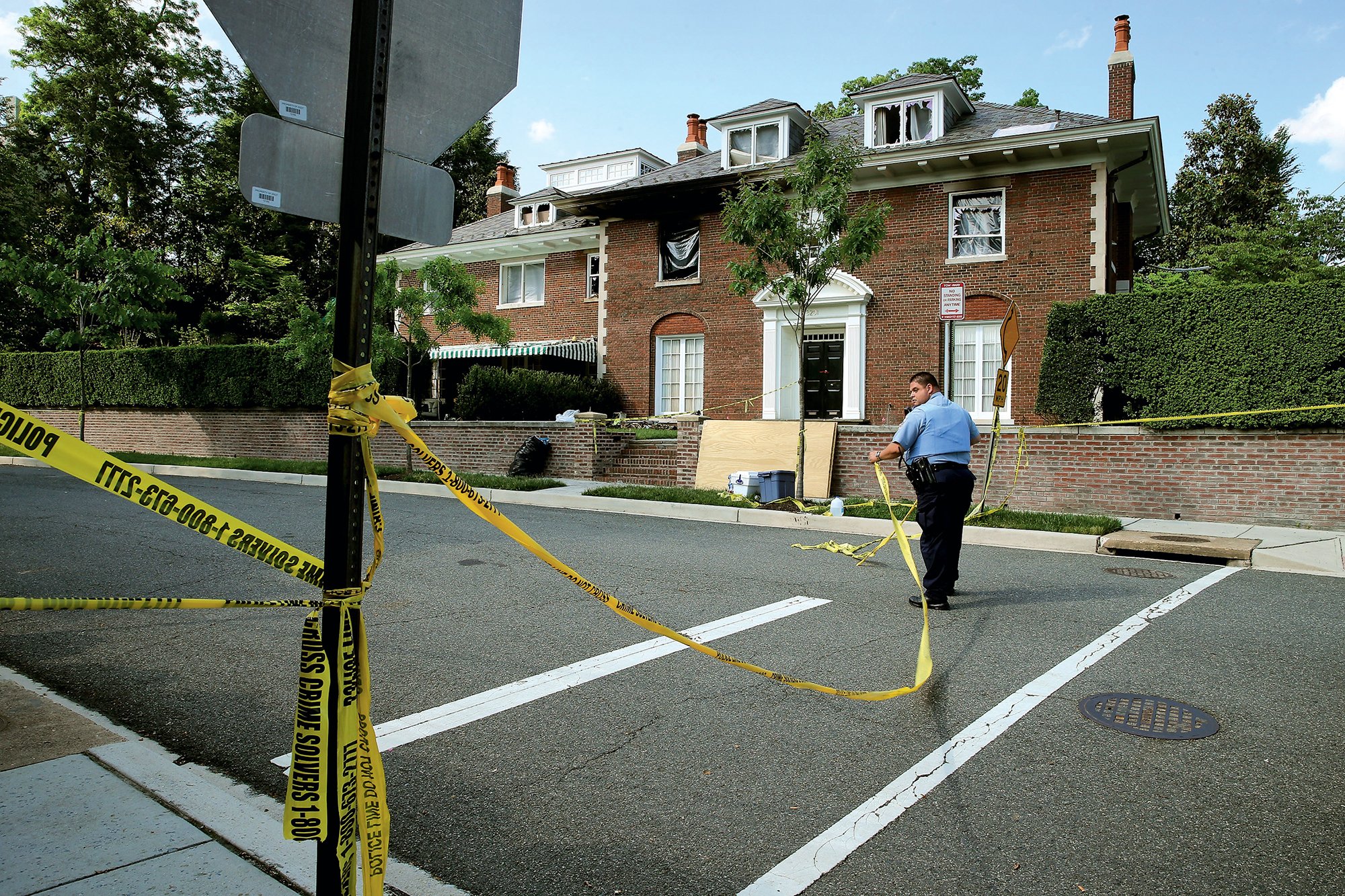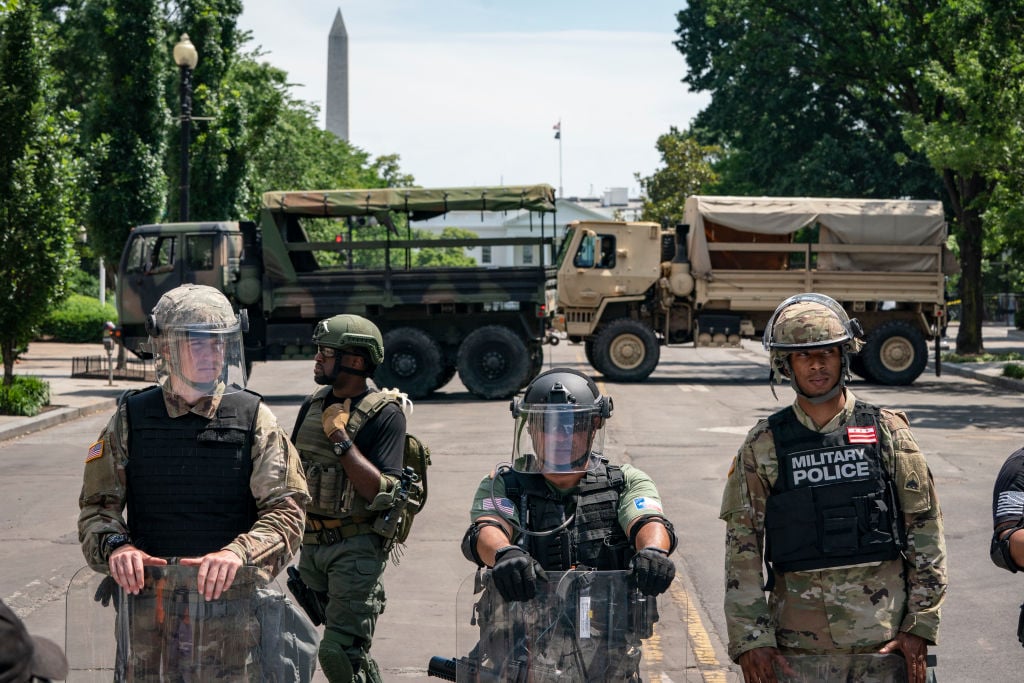What if they threw a lurid tabloid murder trial and nobody came?
For much of September and October, a DC jury heard evidence in one of the most shocking and gruesome slayings in the capital’s history: the 2015 killings of three members of the Savopoulos family and their housekeeper, who were found dead in a burning mansion in one of the District’s priciest neighborhoods.
From a media-sensationalism point of view, the trial had everything—a glamorous family, a home invasion, a mysterious phone call, a $40,000 ransom request, a Rolex watch that wasn’t stolen and household safes that weren’t cracked open, DNA evidence on a piece of pizza crust, the discovery of a torched Porsche in a suburban church parking lot, a suspect with ties to the family patriarch, a manhunt, a lingering sense that the person they arrested might not have acted alone, and an odd three-year gap between the arrest and the trial.
When the proceedings finally started on September 11, things didn’t get any less tabloidy. Attorneys for accused killer Daron Wint argued that their man was innocent and the real perps were his brothers—not quite the evil-twin defense but close enough. Between then and Wint’s October 25 conviction—the jury appeared not to buy his accusations against his brothers—the evidence included baseball bats, a martial-arts sword, and testimony from a rescue worker who charged in as the house was engulfed by flames.
In a different city, or perhaps a different time, this sort of trial would have been splashed across front pages and would have consistently led the late local news. It would have had a widely known nickname, and the investigators and lawyers involved might have become folks you talked about by name around the office Keurig.
Instead, the trial was conducted largely off the civic radar. Not that it isn’t being covered at all—the Post had an article about it nearly every day, it popped up regularly in broadcast media, too, and the verdict was given relatively prominent play. But it never got the sort of tawdry attention that turns a case into a municipal obsession.
In many ways, that’s a good thing. After all, it was a family’s unfathomable tragedy, and the idea of an entire city gawking at a story that involves the death of a child is especially unsavory. Washington has never had a tabloid culture like some older Northeastern cities. Our local media is, by and large, responsible; many reporters would likely be made uncomfortable by the imbalance between splashy coverage of a rich family’s killing and lower-profile reporting when the victims are less prominent.
It’s also, of course, not exactly a normal moment in American history. The first few weeks of the Wint trial coincided with the release of Bob Woodward’s blockbuster book about the Trump administration and sexual-assault allegations against Supreme Court nominee Brett Kavanaugh; the trial’s conclusion came hours before the arrest of a man accused of sending bombs to the homes of leading Democrats and was soon swamped by new that a gunman who was apparently steeped in conspiracy theories that had previously been spread by the president killed eleven people in a Pittsburgh synagogue. At a time when it feels like the country is being rocked by a new tumult every week, it’s hard to fixate on even the most ghastly police-blotter story, no matter how much it’s made for a ripped-from-the-headlines Law & Order episode.
Yet there’s something vaguely sad about the low-key nature of the coverage. For one thing, pausing to pay attention to something is a way of underlining its horror. But there’s also this: As tacky and morally dubious as covering a sensational trial can be, it’s also the kind of story that can bind a city together—create a shared cast of characters and sense of outrage—in our civic life. The same goes for gossip, scandal, and various other forms of lowbrow voyeurism. Right now, especially, Washington could use a conversation-stirring story about which we’re all on the same page. It’s just that we sometimes need to dive into the news gutter to find it.
A version of this article appears in the November 2018 issue of Washingtonian.
















